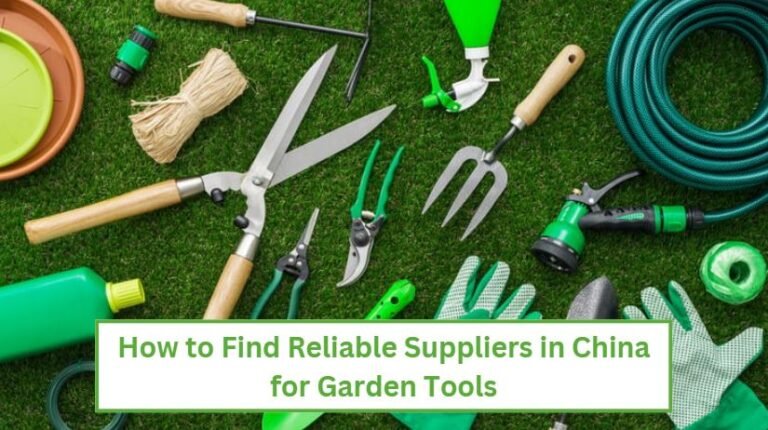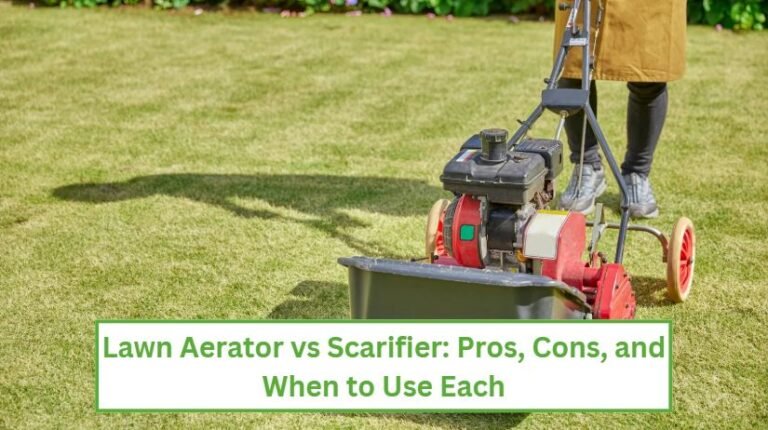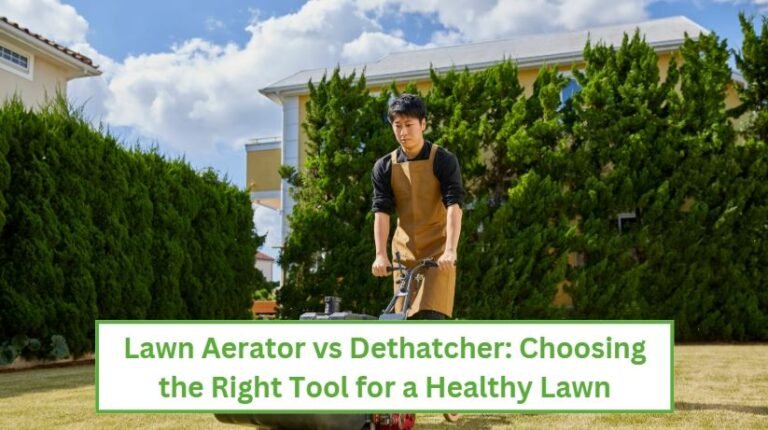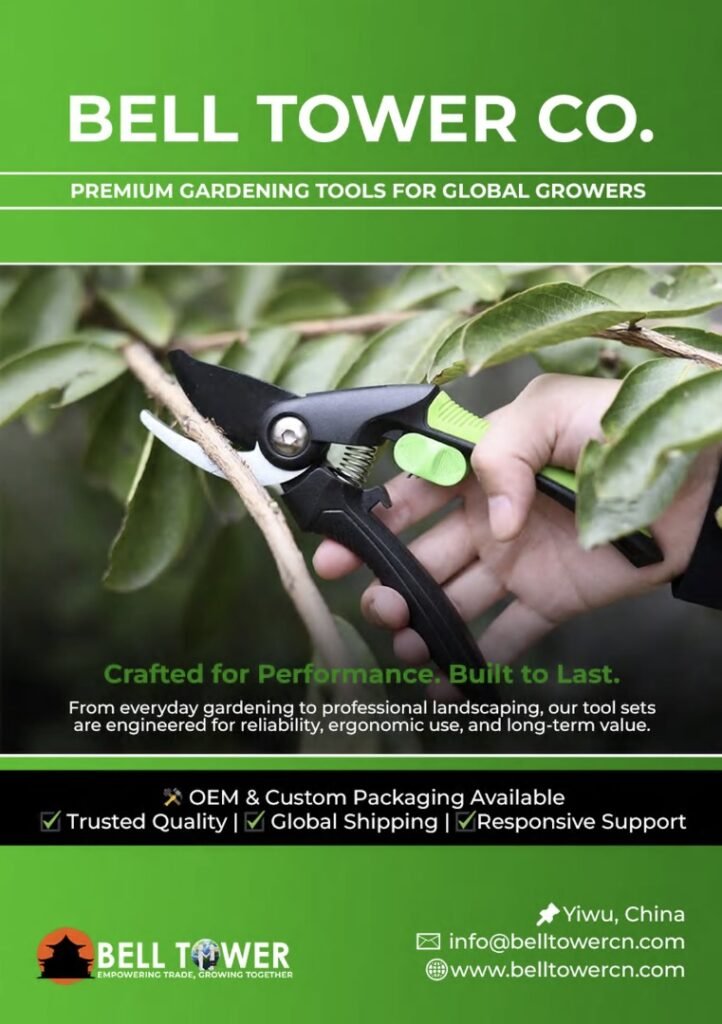Running a wholesale or retail business in the gardening and landscaping industry means you’re constantly balancing what people want with what they actually need.
Plus, before selling gardening tools to your audience, you first need to educate them; this lawn aerator vs cultivate blog post is a link in that chain.
At a glance, they both look like tools meant to break up soil, but dig deeper and you’ll see they serve different purposes. Knowing the difference directly impacts which products you stock, how you market them, and how well they sell.
Let’s break down everything step by step.
What is a Lawn Aerator?
A lawn aerator tackles one simple problem: Compacted soil! When soil gets too dense, water and nutrients struggle to reach the grassroots.
As a result, your lawn starts looking thin, patchy, or tired. How do aerators fix that problem? They poke holes in the soil so that air, water, nutrients, and fertilizer can freely move again.
Aerators come in two different types:
- Spike aerators simply poke holes in the ground using solid tines
- Core (or plug) aerators actually remove small plugs of soil. This type of aerator is perfect for super-compacted lawns
Now, aeration is a necessity for landscapers, turf managers, and even DIY gardeners. It’s a must-do seasonal task.
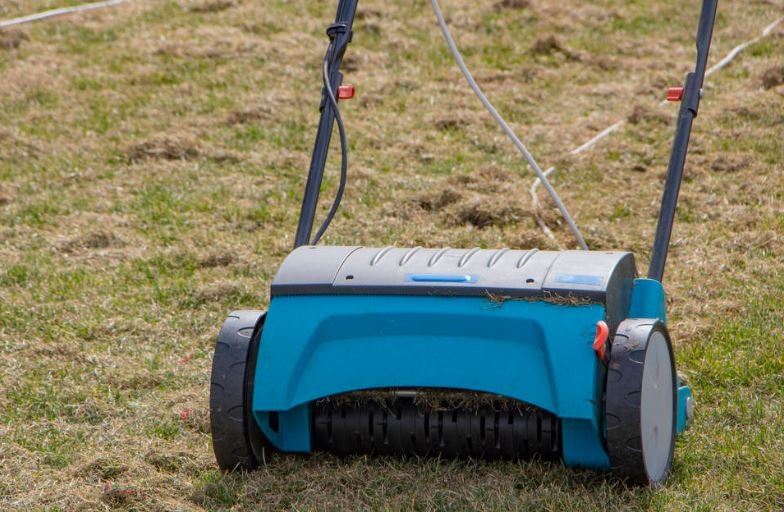
And that’s why aerators have a strong demand in the wholesale market. They may not sell as much as hand tools, but they’re high-priced gardening items with consistent demand during spring and fall.
Here’s why lawn aerators matter so much:
- Landscaping companies often buy or rent aerators
- Golf courses, sports fields, and turf managers use them regularly
- Aerators are higher-ticket products, meaning bigger margins per sale
Related: Lawn Aerator Vs. Scarifier (The Differences and Benefits)
What is a Cultivator?
Let’s take a look at cultivators; unlike aerators, which keep existing lawns healthy, cultivators are all about preparing soil for planting. Their job is to break up the top few inches of soil, mix in compost or fertilizer, and pull up weeds.
Cultivators come in a wide range:
- Hand cultivators: small, inexpensive tools sold in high volume
- Power cultivators (mini tillers): electric or gas-powered machines used by landscapers, nurseries, and serious gardeners
Cultivators are versatile, appeal to a wide audience, and sell consistently all year.
Why does it matter for businesses?
- Garden centers and nurseries sell them to hobby gardeners
- Landscaping crews use them when prepping flower beds or vegetable patches
- They have a lower price point than aerators, but move in higher volumes
Lawn Aerator vs Cultivator: The Core Differences
Aerators keep lawns healthy, and cultivators prepare the soil for planting. The differences become clearer when you compare their functions:
Comparison Table:
| Factor | Lawn Aerator | Cultivator |
| Depth of Impact | Goes deeper, breaking through compact soil. | Works at the surface, loosening and mixing topsoil. |
| End-User Market | Lawn professionals, sports turf managers, golf course crews. | Broader appeal: professional landscapers and home gardeners. |
| Timing | Seasonal use, mainly in spring and fall. | Year-round use whenever soil needs prepping. |
| Business Angle | Higher-ticket product with niche buyers and strong rental market demand. | Lower-ticket product with wider retail appeal and more frequent sales. |
Market Demand Insights
If you’re a wholesaler, distributor, or retailer, here’s what you should know about the market demand for these two tools:
Aerators see demand spikes during lawn care seasons, especially in spring and fall. Landscapers and turf managers often rely on them, but homeowners rarely buy aerators, strengthening the rental market.
On the flip side, cultivators tend to sell consistently throughout the year; they appeal to garden centers, nurseries, landscapers, and homeowners.
The ticket price of an average cultivator may not be high, but it’s a high-demand gardening tool that often generates steady sales.
For wholesalers, this means that by stocking both of these tools, you can cover both the seasonal demand of aerators and the year-round appeal of cultivators.
Key Buying Considerations for Businesses
Price shouldn’t be the only factor wholesalers, retailers, and landscapers should look at when buying aerators and cultivators.
Think about what “Your” buyer cares about:
- Durability: Strength and durability matter a lot, especially if you’re selling these tools to landscaping companies that use them regularly
- Ease of use: Comfort matters; look for ergonomic handles, lightweight builds for homeowners, and larger motorized models for contractors
- Portability: Smaller cultivators are perfect for retail shelves; bigger aerators are better suited for landscapers and rental shops
Mistakes Businesses Make When Choosing Tools
When it comes to selecting the right gardening or soil care tools, even wholesalers and retailers can trip up. Here are some of the biggest pitfalls to avoid if you’re looking to buy an aerator or cultivator (Or both):
- Stocking only one category: This limits your market reach
- Failing to educate customers: Aerators and cultivators are not interchangeable, but buyers often assume they are
- Ignoring seasonality: Aerators peak in spring/fall; if you wait too late to stock up, you’ll miss the window
- Overlooking small tools: Hand cultivators may seem insignificant, but they sell in volume and are great add-on sales items
Lawn Aerator Vs. Cultivator: FAQs
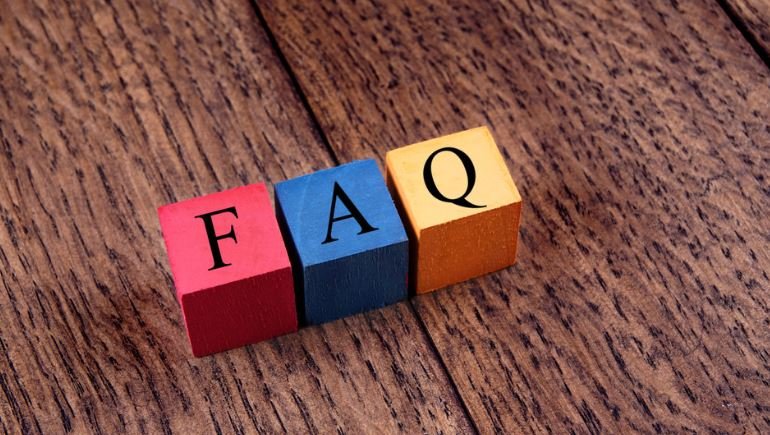
Which Tool Sells Better: Lawn Aerator Or Cultivator?
Cultivators have a wider audience, which is why they generally sell more units. Aerators give you ba etter margin per unit as they’re expensive, but they sell fewer units.
Should I Focus on Rentals for Aerators?
You can. Many landscaping companies rent aerators instead of buying them. If you’re tending to an individual garden, renting the machine is generally a better investment.
Are Cultivators More Retail-Friendly?
Yes, hobby gardeners, DIY landscapers, and nurseries all buy cultivators regularly; you can buy them at a wide range of price points.
Do I Need to Stock Both Manual and Powered Models?
Yes. Manual tools move quickly at the retail level, while powered models cater to pros and serious gardeners. Carrying both ensures you serve all market segments.
What Margins Can I Expect?
Margins vary by model, but generally:
- Aerators = higher ticket, lower sales volume
- Cultivators = lower ticket, higher sales volume
Stocking both balances your profit streams.
Conclusion
There you have it: a complete lawn aerator vs cultivator breakdown for all types of users. Note that these tools serve different purposes; they’re not competitors, they complement each other.
Aerators specialize in keeping your lawn healthy by relieving soil compaction; cultivators let you prep and mix soil for planting.
If you’re a business person (Retailer, supplier, wholesaler, landscaper), the smart move is to offer both. Aerators capture seasonal demand from higher-value professional buyers, whereas cultivators have a broader target audience, which is why they sell more.
Read More: Lawn Aerator Vs. Dethatcher (Differences & Which One Do You Need?)

